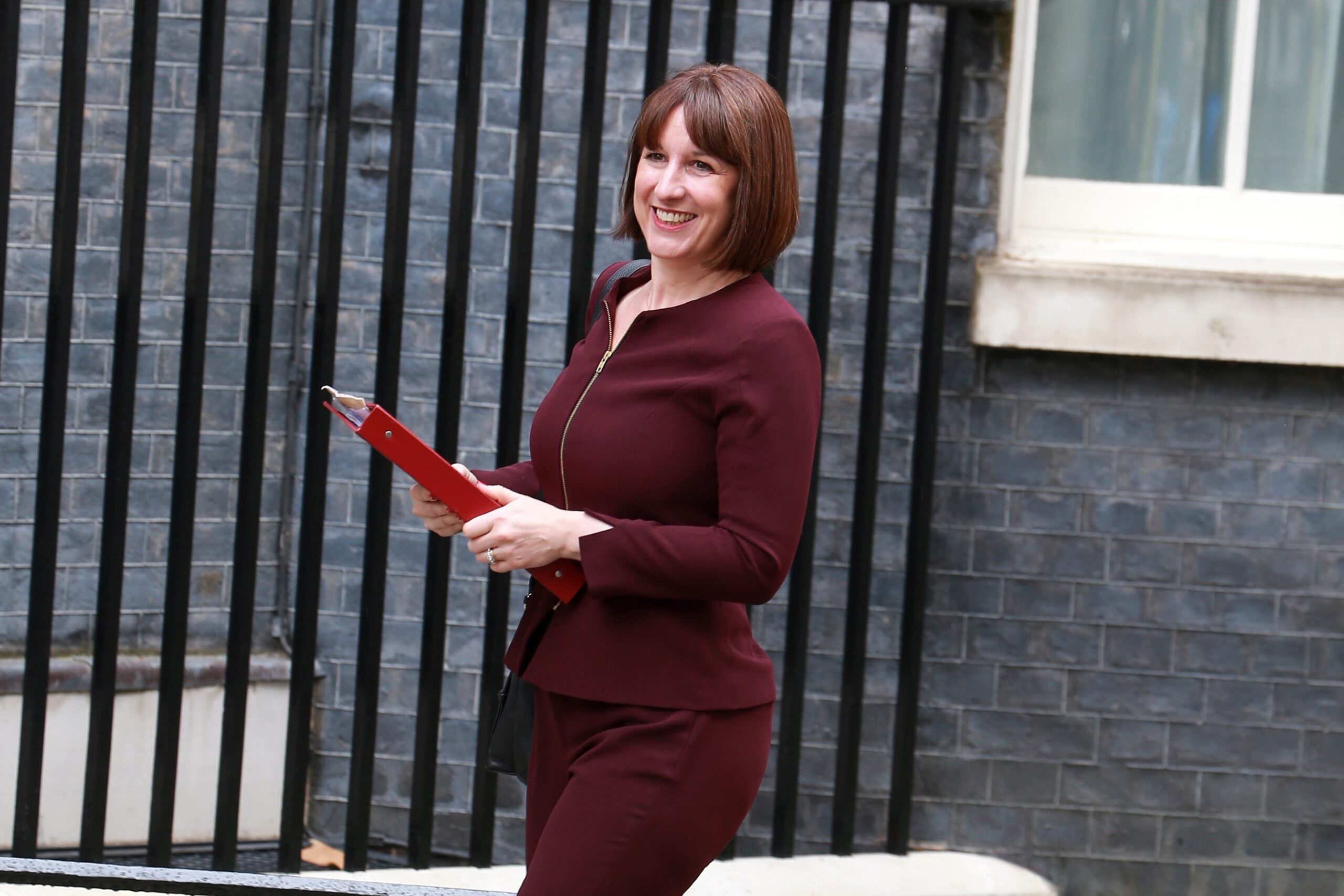
Posted on: 19th April 2017 in News
Brits face a summer of shrinking deals in the UK supermarket as the weak pound and Brexit price uncertainty continue. So if you are planning on dieting to get that perfect summer body, Brexit might have done you a favour – through the rise of “Shrinkflation”, the phenomenon by which food manufacturers have been reducing the size of retail food portions but keeping prices the same.
This buzzword describes the Brexit effect of food manufacturers cutting the size of portions in order to keep increased costs down. UK manufacturers have been facing cost hikes of 20% since Brexit, says Ian Wright, Director General of the Food and Drink Federation. These cost increases are based on the weak pound (caused by Brexit) – as well as operational fears in the retail supply chain over Brexit disruption and inflation causing … er … disruption and inflation. To deal with the sudden hike in costs, manufacturers have either made their products as before and absorbed the new costs with a higher retail price – or, in the case of Shrinkflation, leave the price the same, make the product using less materials (and often hide the change in value by charging a new combination of weight and price with which consumers are not familiar).
Ratula Chakraborty, of the University of East Anglia, says: ‘Shrinkflation is a sneaky practice because consumers are not expecting any size changes so do not inspect package sizes unless there is a really noticeable difference.” Justin King, former Sainsburys boss, says “so-called shrinkflation is a back-door way for manufacturers to charge more by giving us less for the same price.”
Toblerone was the first highly-publicised case of Shrinkflation in November 2016. A rise in ingredients costs of 30%+ prompted Toblerone maker Mondelez International to change the design of the chocolate bar for the UK market so that there was less chocolate and more gaps between the famous triangles. What really got consumers’ goat was the alleged deception involved. The size of the packaging remained the same in the two UK bars affected by the change, but the weight dropped in both cases (from 400g to 360g and 170g to 150g). Toblerone said, “we had to make a decision between changing the shape of the bar, and raising the price. We chose to change the shape to keep the product affordable for our customers, and it enables us to keep offering a great value product.” Since Toblerone, numerous examples of Shrinkflation in UK supermarkets have been discovered by watchdogs and the media. Many types of product have been affected, but confectionery has suffered worse because of the high cost of milk chocolate ingredients compounding the Brexit effect. Another Mondelz product (since 2012), the much-loved Terry’s Chocolate Orange has endured a “hollowing out” of its once-plump segments resulting in a weight drop of 10%. Other confectionery brands including Twix, Snickers and Dairy Milk. In one recent UK example of Shrinkflation, own-brand sausages suddenly rose in price by 42% – with the hike camouflaged with the old “switch the offering” trick. One minute, you get 690g of sausage from a well-known UK supermarket for £2.75. The next minute, this offering has been switched for a different offering, in which both the price and the weight has changed: how about 530g of sausage for £3? Well – without being a mental arithmetic boffin – who knows? The price has gone up by almost half, and it’s difficult to tell. Clever.
Haven’t we always had Shrinkflation? Certainly in the UK, we have – in the sense that retail pricing is a strategy used, very literally, at the expense of consumers. Sure, food manufacturers are big operations. With just-in-time delivery of supplies, they need to have precise control over pricing day by day to avoid huge potential losses. And this attention to pricing means that the convenience of the consumer is not the priority. So what’s new?
We have 18 offices across the globe and we manage over $2billion for our 20,000+ clients
Get started
Digital Assets: From Fringe to Framework A Responsible View for Internationally Mobile Investors Executive Summary Digital assets have moved from the fringes of finance into mainstream discussion. The arrival of...
Read more
Across the global expatriate market, one product category is showing unprecedented momentum in 2025: Indexed Universal Life (IUL). As client expectations move toward solutions that combine long-term protection, tax-efficient wealth...
Read more
Chancellor Rachel Reeves delivered her second Autumn Budget in dramatic circumstances, after the Office for Budget Responsibility (OBR) accidentally released its full economic outlook online 45 minutes before her speech....
Read more
In today’s world, much of our lives are lived online. From email accounts and social media profiles to digital wallets and online businesses, we’re building a digital legacy—often without realising...
Read more